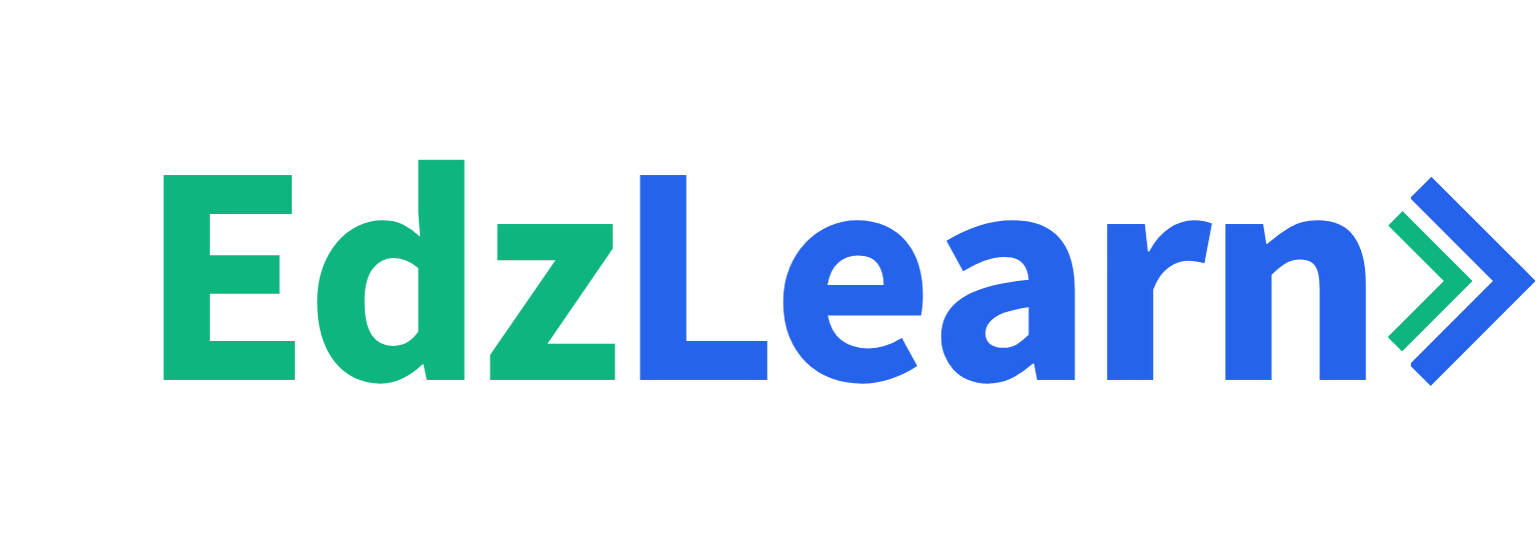In today’s fast-paced world, attention spans are shrinking while the demand for skill development is growing. Enter microlearning—a transformative approach to education and training that emphasizes short, focused, and engaging lessons. Whether in corporate environments or academic settings, microlearning is making waves for its ability to deliver knowledge in a way that aligns with the modern learner's preferences.
In this blog, we’ll dive deep into how microlearning is reshaping corporate and academic training, it's undeniable benefits, and why it’s here to stay.
What Is Microlearning?
Microlearning refers to delivering educational content in small, digestible chunks that focus on specific learning objectives. These modules are typically 3–5 minutes long and are designed for easy consumption, often available on-demand across digital platforms.
Examples include:
- A 5-minute video explaining the basics of workplace ethics.
- A quick infographic detailing key steps in a process.
- Flashcards for memorizing complex terminologies.
The goal is to enhance retention by providing learners with relevant information in a way that's easy to understand and apply.
Why Microlearning Works
- Aligned with Modern Attention Spans
Studies suggest the average attention span is decreasing. Microlearning caters to this reality by offering bite-sized content that keeps learners engaged without overwhelming them. - On-the-Go Accessibility
With smartphones and tablets becoming ubiquitous, learners can access microlearning modules anytime, anywhere—be it during a coffee break or a commute. - Immediate Application
Microlearning focuses on practical, actionable insights, making it easier for learners to apply knowledge immediately, boosting retention and relevance. - Cost-Effective for Organizations
Creating short modules is often more affordable than designing extensive courses. This makes microlearning a practical choice for businesses and academic institutions alike.
Microlearning in Corporate Training
Corporate training has undergone a massive transformation with the introduction of microlearning. Here’s why:
1. Rapid Skill Development
Employees can quickly acquire new skills, whether it’s learning about compliance, mastering a new tool, or understanding diversity and inclusion policies.
2. Higher Engagement Rates
Bite-sized lessons delivered via gamified platforms or interactive formats keep employees more engaged compared to traditional, hour-long sessions.
3. Seamless Integration into Workflows
Microlearning fits into busy work schedules without disrupting productivity. For instance, a sales executive can learn negotiation tactics in between meetings.
4. Data-Driven Insights
Most microlearning platforms provide analytics, enabling organizations to track progress and tweak modules for better outcomes.
Microlearning in Academia
Educational institutions are also leveraging microlearning to complement traditional teaching methods.
1. Personalized Learning Paths
With microlearning, students can focus on areas where they need improvement, creating a customized learning experience.
2. Boosts Retention
Frequent exposure to small amounts of information enhances long-term memory, as opposed to cramming large volumes of content.
3. Supports Hybrid Learning Models
In a world increasingly adopting hybrid and online education, microlearning is the perfect companion to provide students with additional resources in a format they love.
4. Fosters Lifelong Learning
By introducing students to microlearning, institutions instill a habit of continuous learning—an invaluable skill in the modern world.
Key Benefits of Microlearning
- Flexibility: Learners can engage at their own pace, making it ideal for self-directed learning.
- Scalability: Organizations and schools can easily scale microlearning modules across different teams or classes.
- Reinforces Learning: Short, repetitive modules help learners revisit and reinforce knowledge.
- Encourages Collaboration: Group activities or challenges based on microlearning modules foster teamwork.
Best Practices for Implementing Microlearning
To maximize the impact of microlearning in corporate and academic settings:
- Define Clear Objectives: Each module should focus on one specific learning goal to avoid confusion.
- Utilize Multimedia: Videos, infographics, and animations are more engaging than text-heavy materials.
- Incorporate Interactivity: Quizzes, polls, and scenario-based activities keep learners actively engaged.
- Leverage Mobile Platforms: Ensure your microlearning modules are mobile-friendly for on-the-go access.
- Track Progress: Use analytics tools to measure learning outcomes and make necessary adjustments.
Microlearning Tools and Platforms
Several platforms specialize in microlearning content creation and delivery:
- EdApp: A mobile-first microlearning platform with gamification features.
- Axonify: Ideal for corporate training, focusing on reinforcing knowledge over time.
- Quizlet: Popular among students for creating flashcards and interactive quizzes.
- TalentCards: Helps create microlearning cards for easy understanding.
Who Can Benefit from Microlearning?
- Corporate Teams: To upskill employees efficiently.
- Students: For quick revisions and supplementary learning.
- Freelancers and Entrepreneurs: To learn and adapt new skills on-the-go.
- Non-Profit Organizations: For community education and training programs.
Conclusion
Microlearning isn’t just a buzzword—it’s a revolution in education and training. By breaking down complex topics into manageable chunks, it makes learning faster, more engaging, and more effective. Whether you’re a corporate leader aiming to upskill your workforce or an educator looking to complement traditional teaching methods, microlearning is the future of knowledge delivery.
Ready to embrace microlearning? Start small. Identify key learning objectives and deliver them in a format that’s accessible, engaging, and actionable. The results will speak for themselves.
This Blog is Written By Ritika Saxena,
Content Writer and Social Media Manager
Edzlearn Services PVT LTD.
For More Information Connect With Her on Linkedin : https://www.linkedin.com/in/ritika-saxena0355/
Read our Recent Blogs: https://edzlms.com/blogs/
Download our Recent Case Study: https://edzlms.com/case-study/
For anything related to LMS, feel free to reach out or book an appointment at : https://calendly.com/edzlearn/30min





